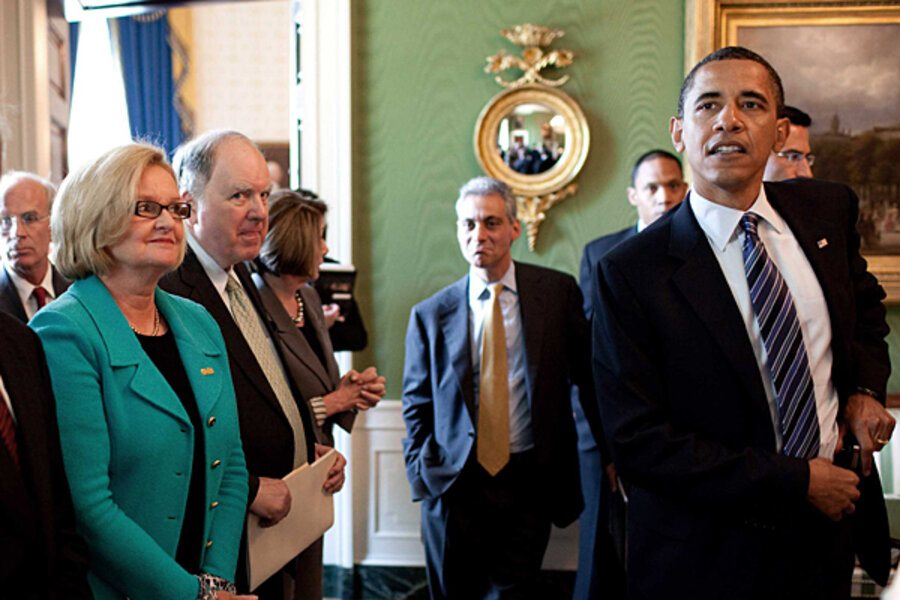Any spending increase for mandatory programs such as Social Security or Medicare must be offset by spending cuts elsewhere.
This “cut-go” rule is a narrower version of the “Pay-As-You-GO” (PAYGO) rules passed when Democrats controlled the House. Under PAYGO rules, both new spending and tax cuts had to be offset by spending cuts or tax increases. Under the new rules, tax cuts don't require offsets – only spending increases do. Moreover, the rule specifies that tax increases cannot be used to pay for new mandatory spending.
The clear goal is to make spending harder and cutting easier. To that end, the new rules allow members to stand up on the floor of the House and propose spending cuts to highway or mass transportation programs. Proponents of the new rule say that transportation projects were previously off-limits to changes on the floor because they were being protected as pork for influential members of Congress. Only the Highway Trust fund will be exempt from the new rule.
The previous House, however, often found ways to exempt new spending or tax cuts from its PAYGO rules, leading to skepticism of whether the new Congress will do the same with its cut-go rules. Moreover, the exemption of tax cuts from cut-go means the Congress could add to the deficit by passing tax cuts without running afoul of its own rules.





